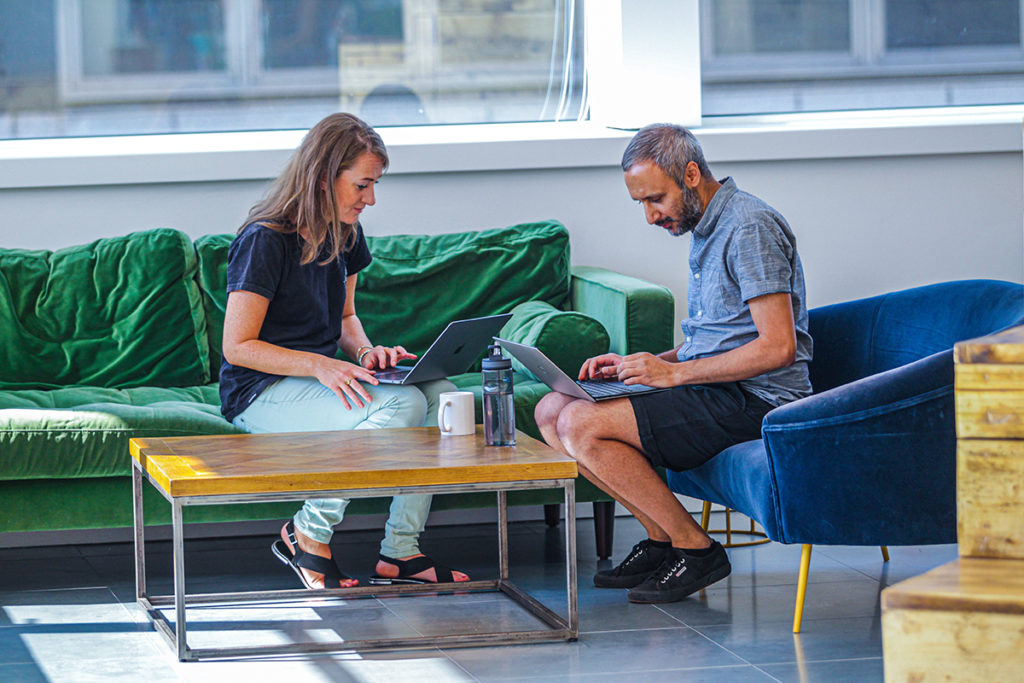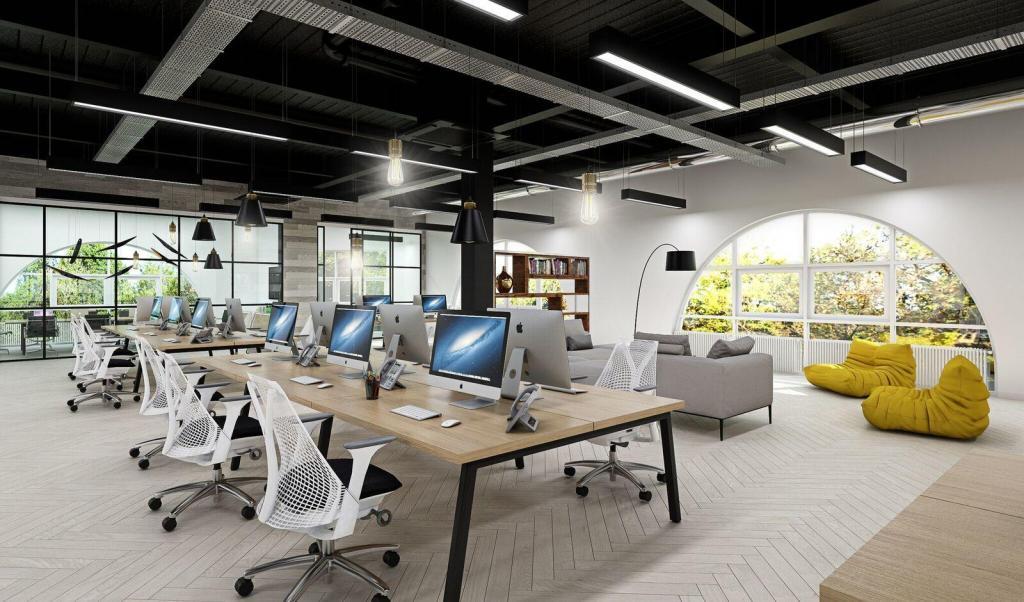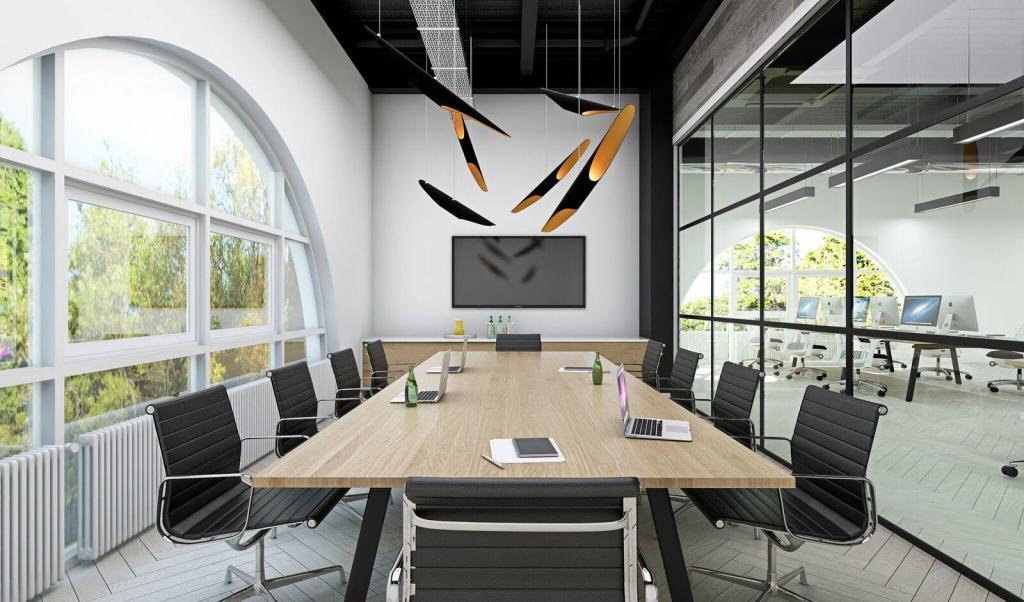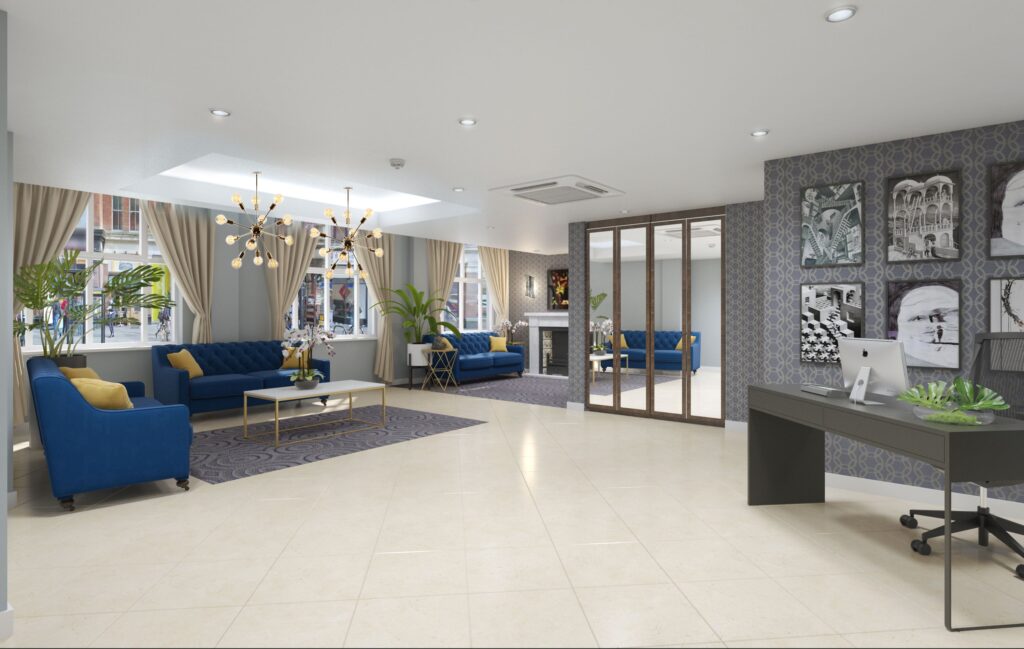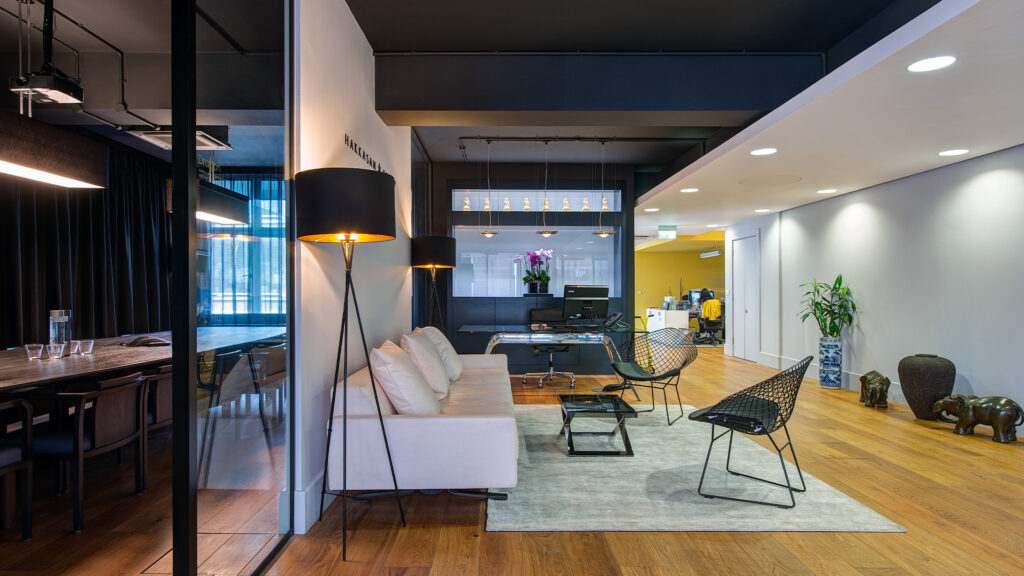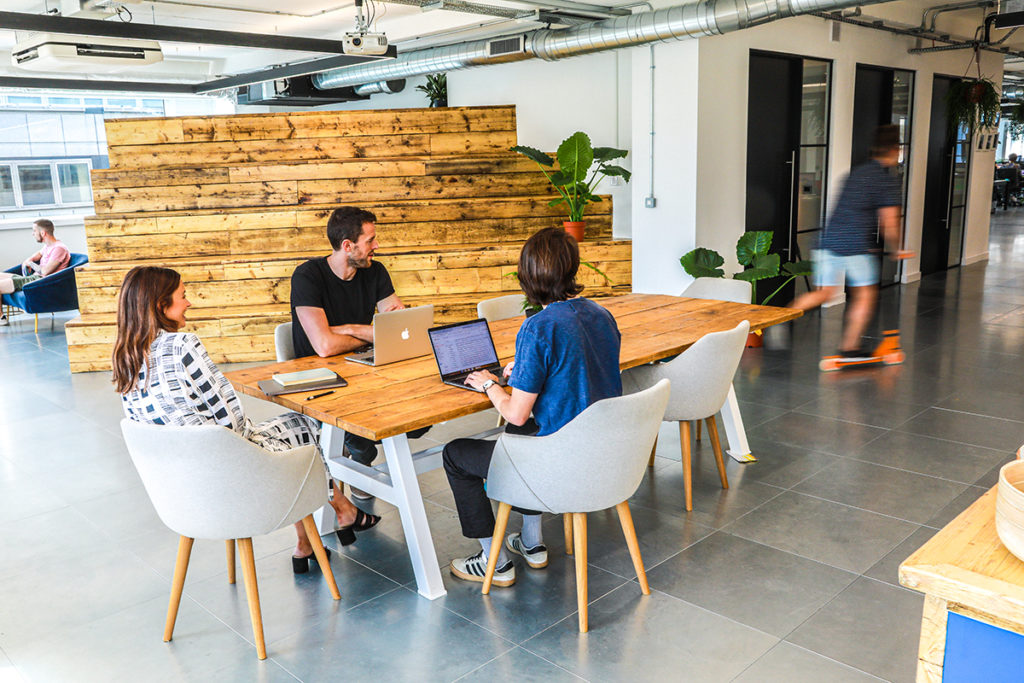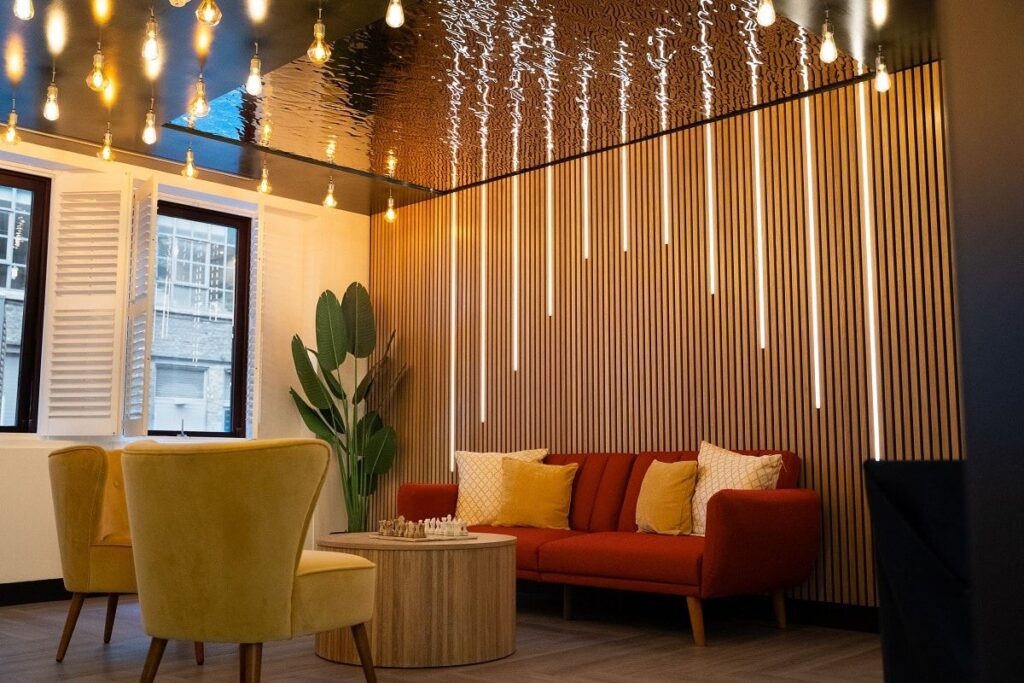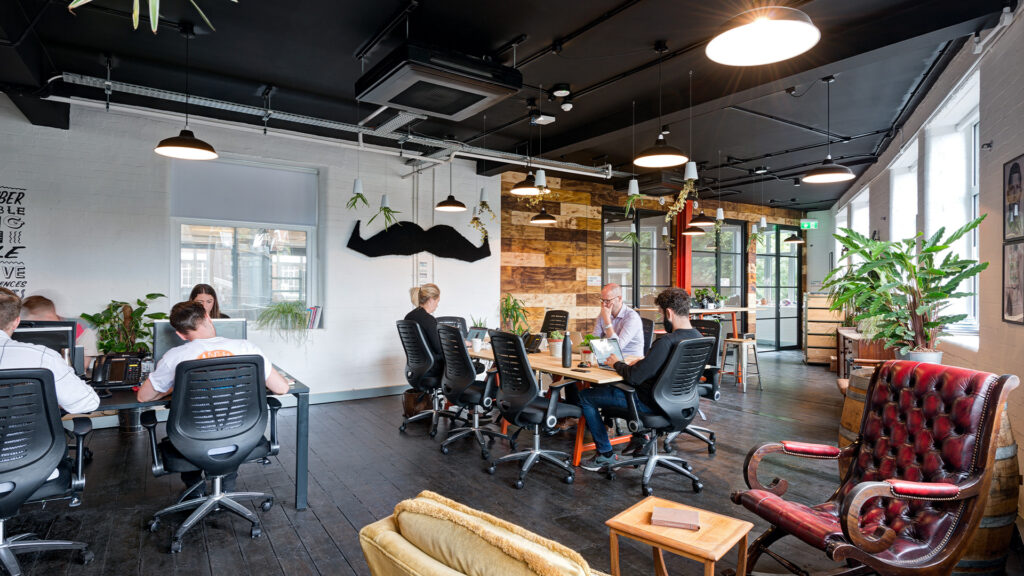Last week we asked, what is Office Culture? And how can a company’s inherent values shine through their office design? This week we’re going to dig deeper into the triple-C of culture-based office design: collision, collaboration and creativity.
Why Triple-C office design?
When Yahoo notoriously revoked mobile work privileges they did so because, in the words of Marissa Meyer, “some of the best decisions and insights come from hallway and cafeteria discussions.” The appropriate word is collision. All the data suggests that chance encounters and unplanned interactions between workers—collisions—improve business performance.
Office interiors designed to enhance collision, collaboration and creativity are a radical departure from the cubicle grids and roller chairs that have dominated the office design landscape for the last fifty years. Instead of forcing workers into boxes, Triple-C office interiors deliver flexible hybrid spaces that people can change to suit their workflows. In turn, these so-called “third” spaces give people the environment they need to mingle, share ideas and create.
Features of Triple-C office design
Spaces for collision, collaboration and creativity must consider how the design, layout, furniture and technology can support various modes of interaction. Effective schemes incorporate several core office design elements.
Openness:
Open office interiors dial back the hierarchy so that everyone feels able to contribute their ideas. Density counts here, and not just for efficiency’s sake. By keeping lots of energy and buzz within the office fit out, people experience greater freedom to talk and interact because the background noise gives them privacy.
Co-location:
Virtual teams chat less than co-located ones; this may delay the development of relationships and in turn reduce creativity. Gensler, citing MIT research, state that 35 percent of a team’s performance can be predicted by measuring the number and quality of face-to-face interactions. For mobile workforces, a co-working style office refurbishment might strike the balance between staff mobility and the local hub needed for team collaboration.
Informality:
Informal takes place in relaxed office interiors, such as the coffee bar, an outdoor terrace or a breakout nook featuring enough stools for a team meeting. Or it might spontaneously erupt in chatter spaces—fun “water-cooler moment” office design features stuffed into under-utilised spaces such as lobbies, corridors or staircases that link several floors. By keeping the mood light, informal office interior design pushes workers into an easy and energetic headspace away from the canned speech of the boardroom. Socially-interacted teams learn to trust each other, and this sets the stage for creative thinking throughout the working day.
Capture:
Great ideas must be captured, or what’s the point in having them? Creativity-focused office interiors provide multiple solutions for generating, capturing and displaying information—whiteboards, whitewalls, display boards, scribble-on walls or even tables loaded with crayons and paper. Technology solutions include flat screen panels fitted into communal areas that provide a rolling display of information for one or a number of teams.
The overarching theme is flexibility, that is, providing a multi-tasking office fit out that employees can fine tune to find the balance that is right for them. Get it right, and who knows where your next great idea will come from?




